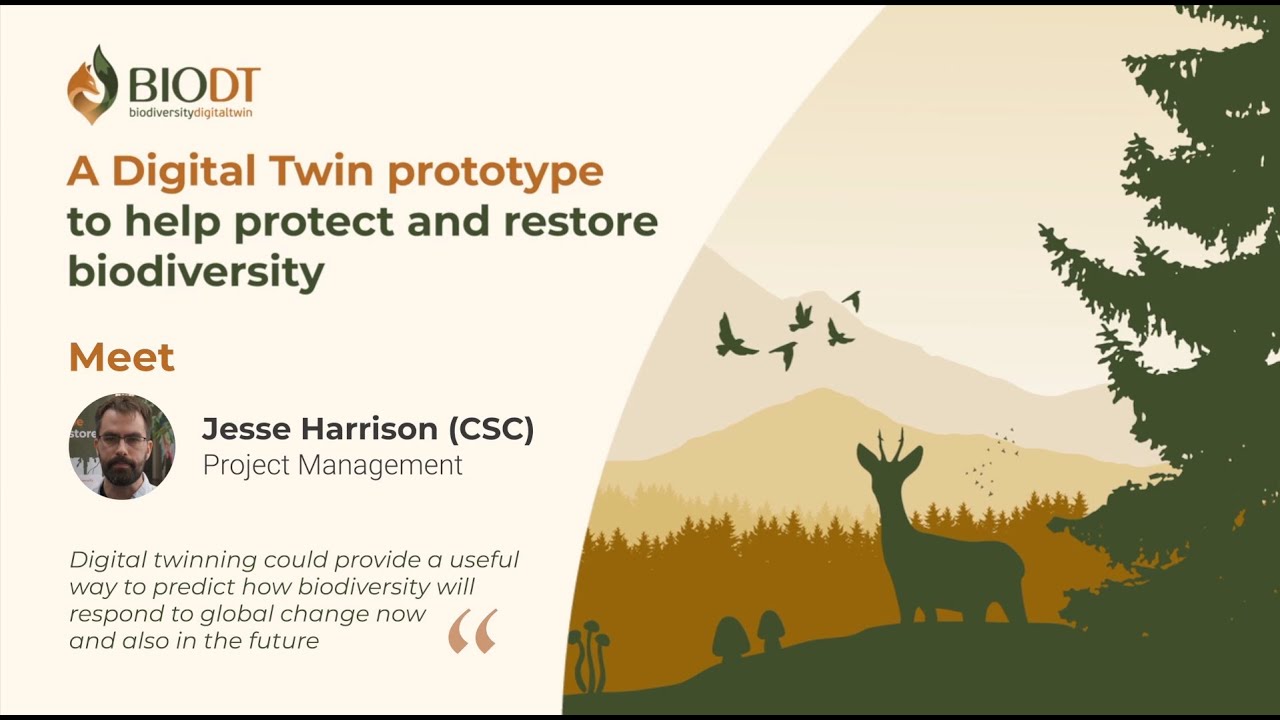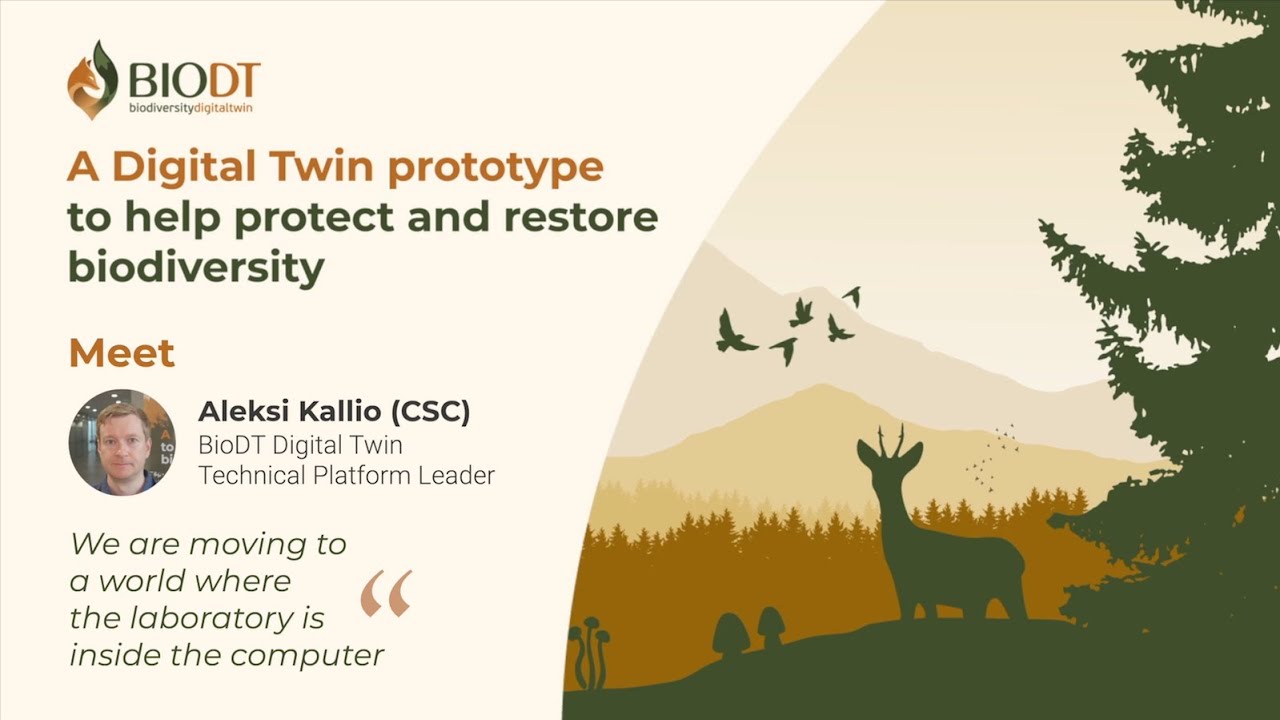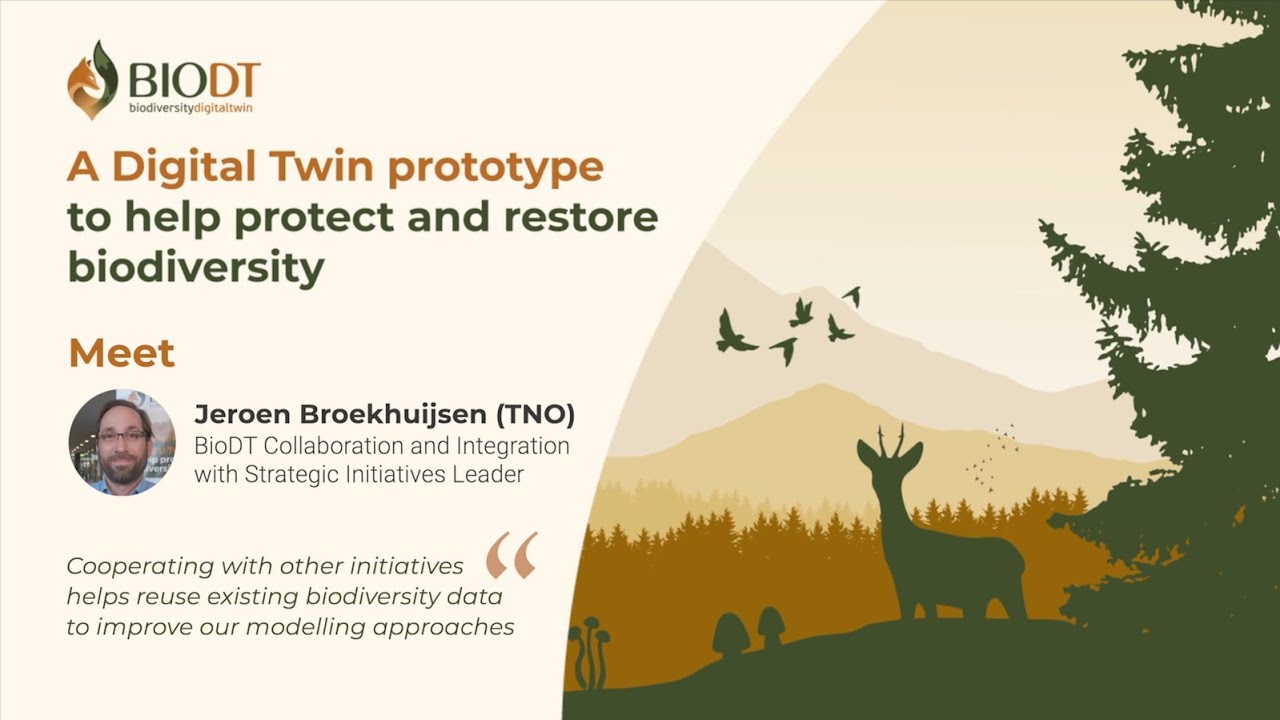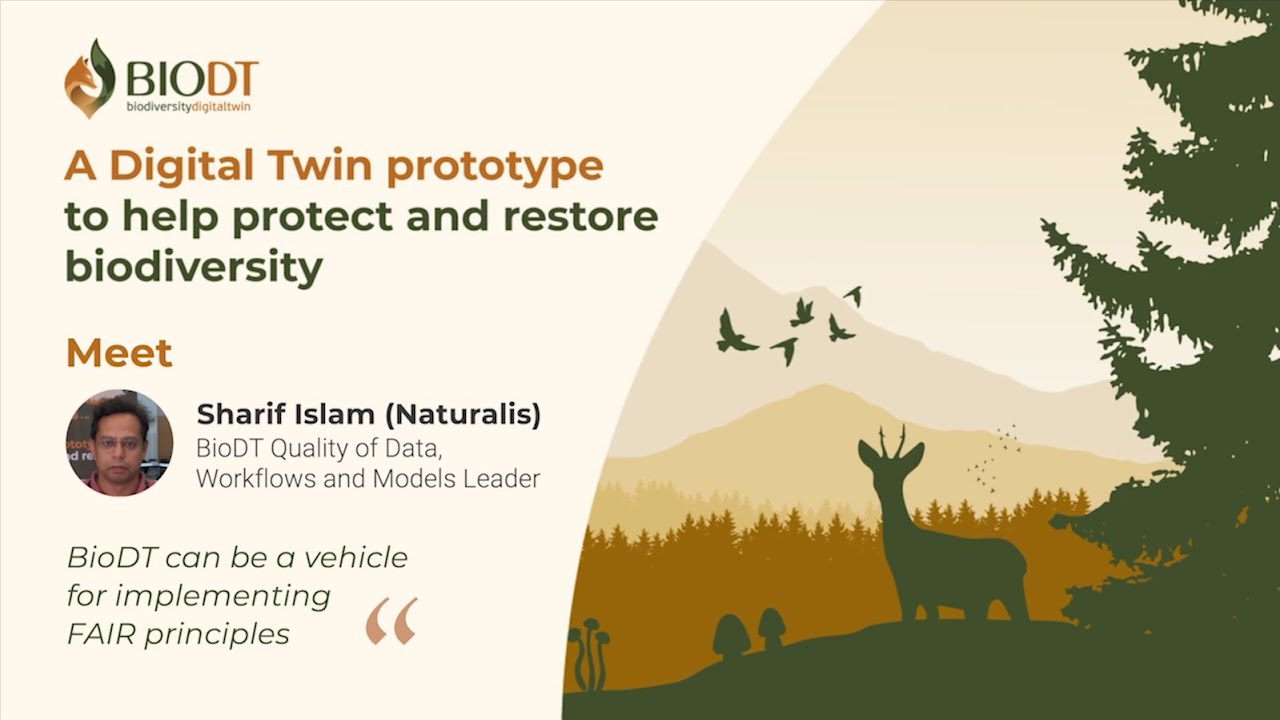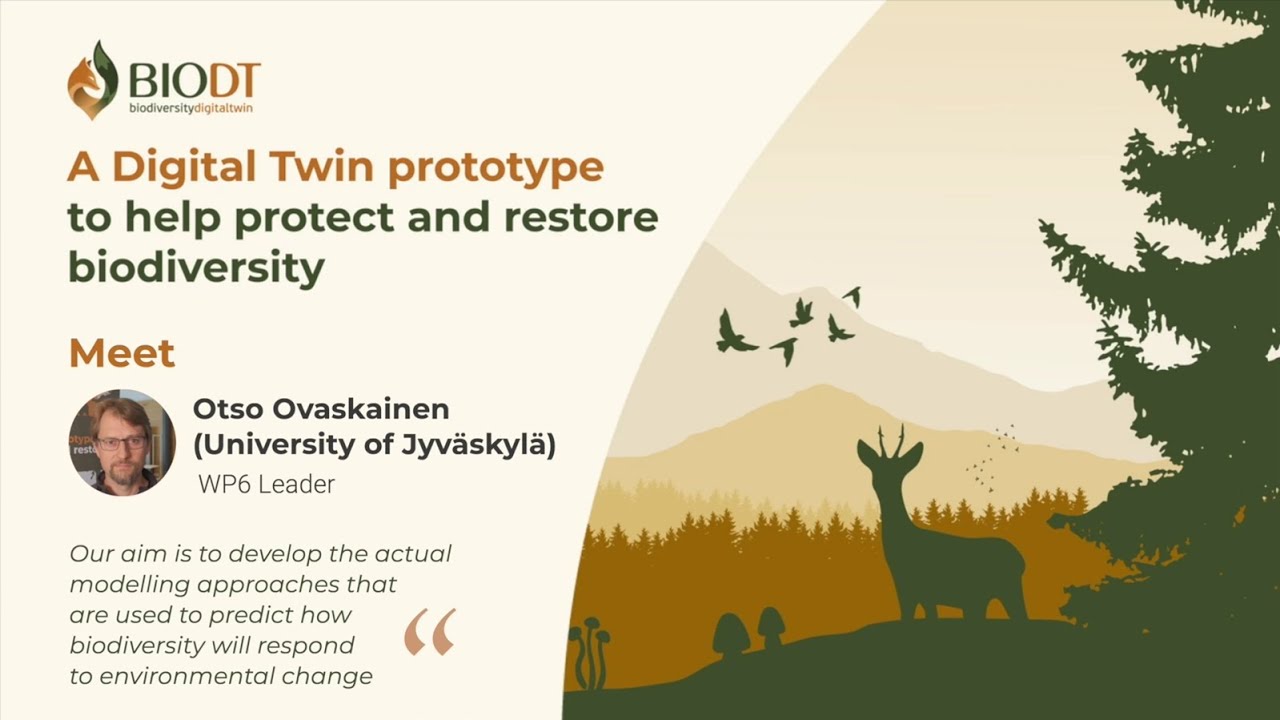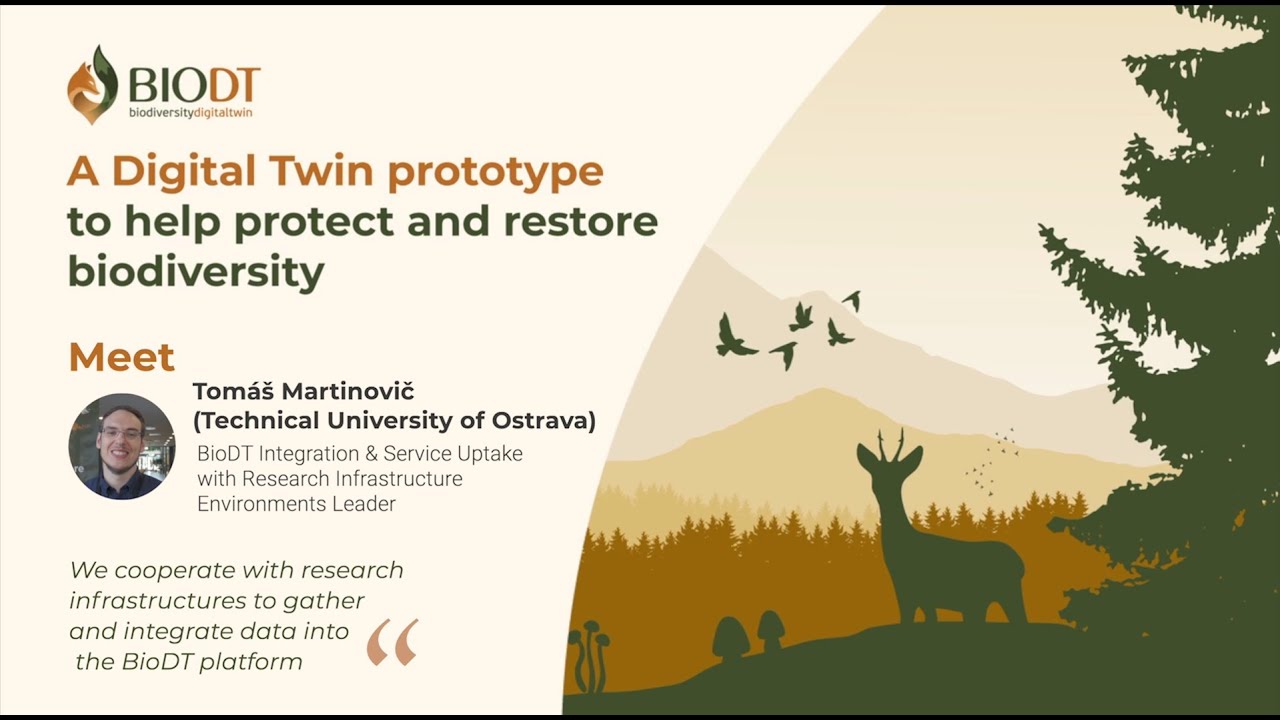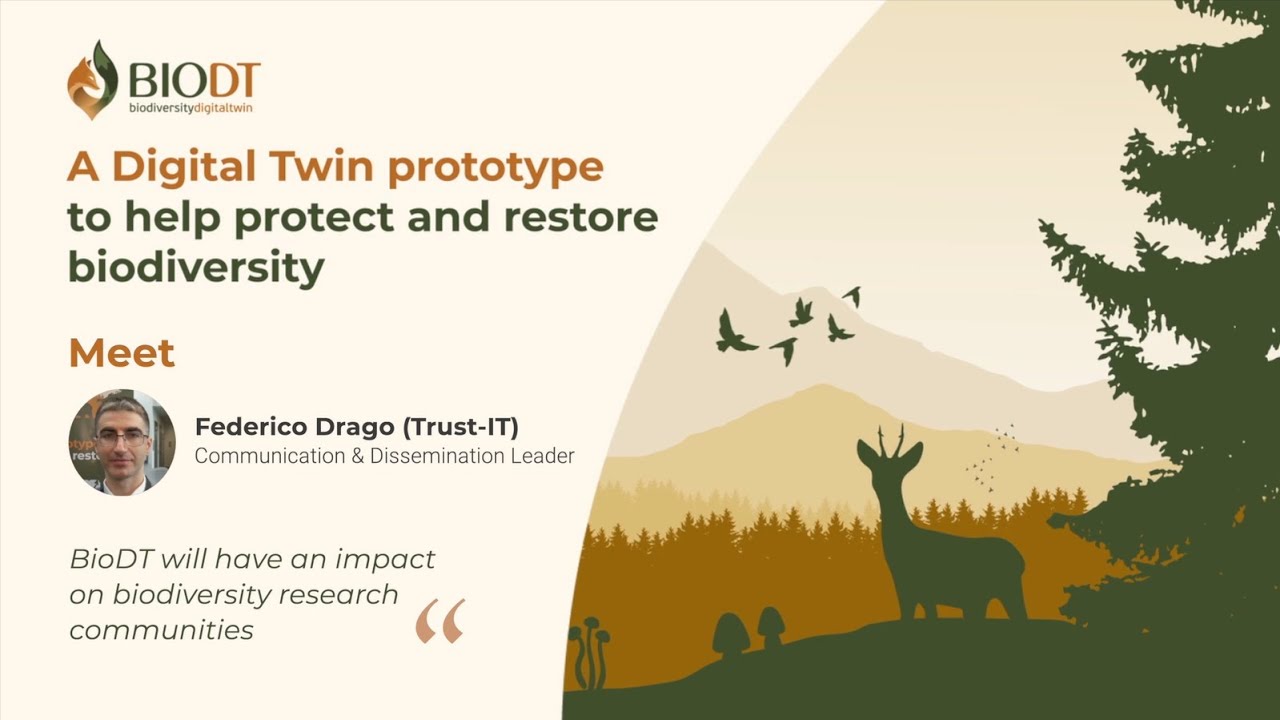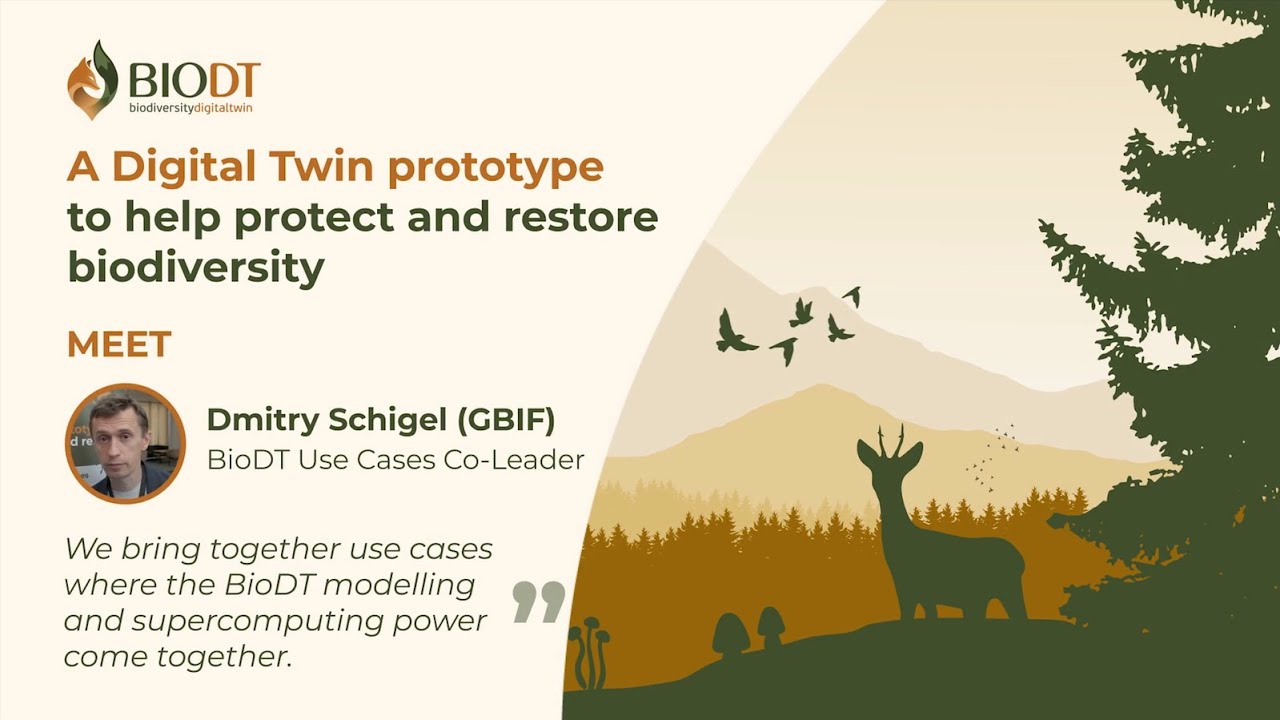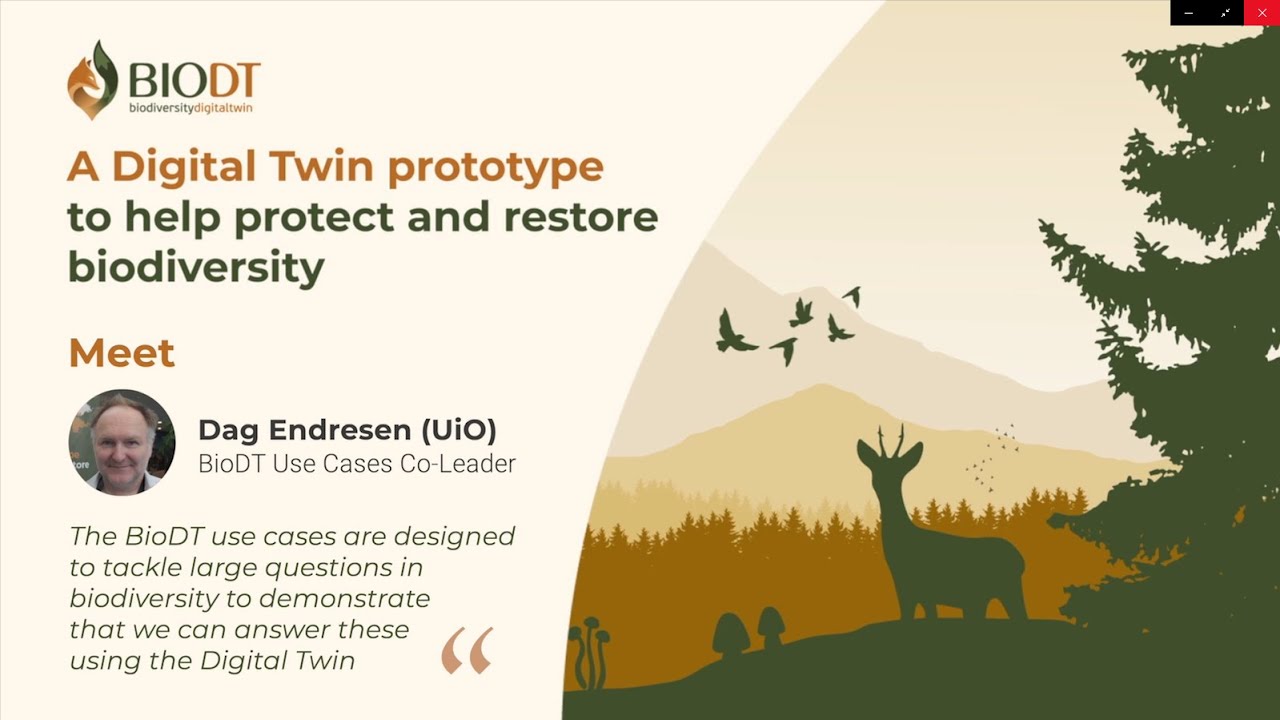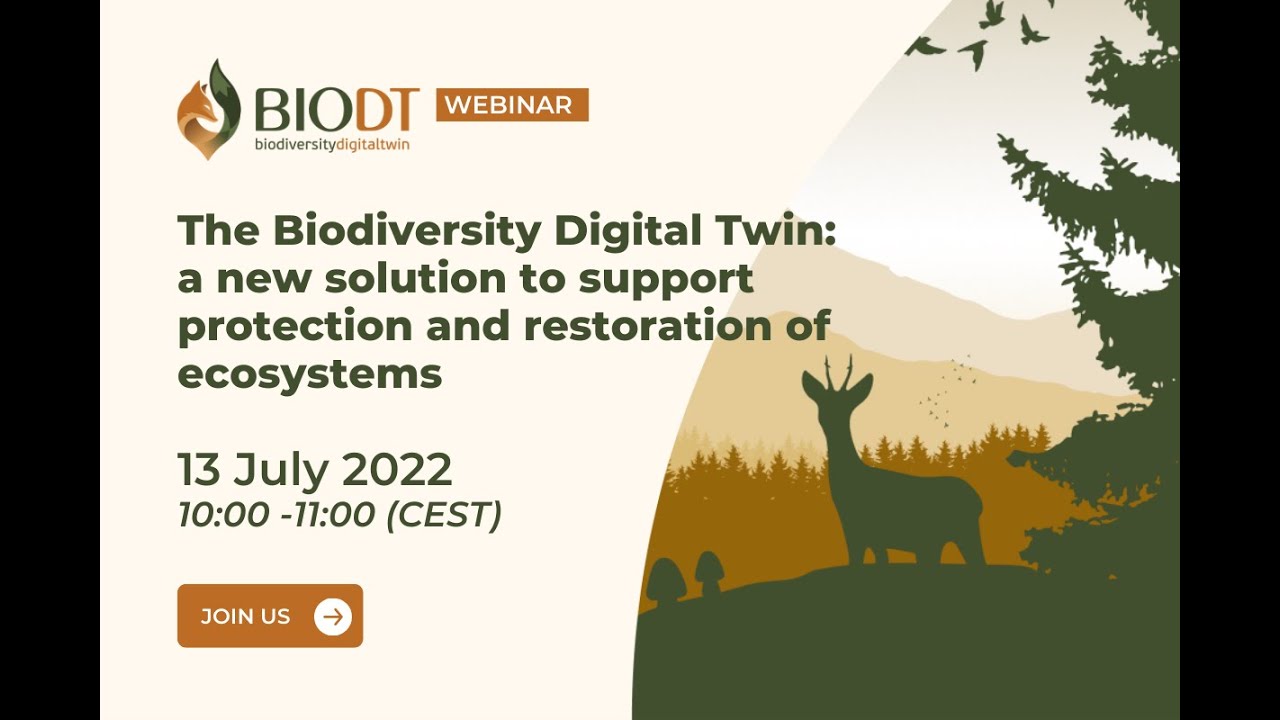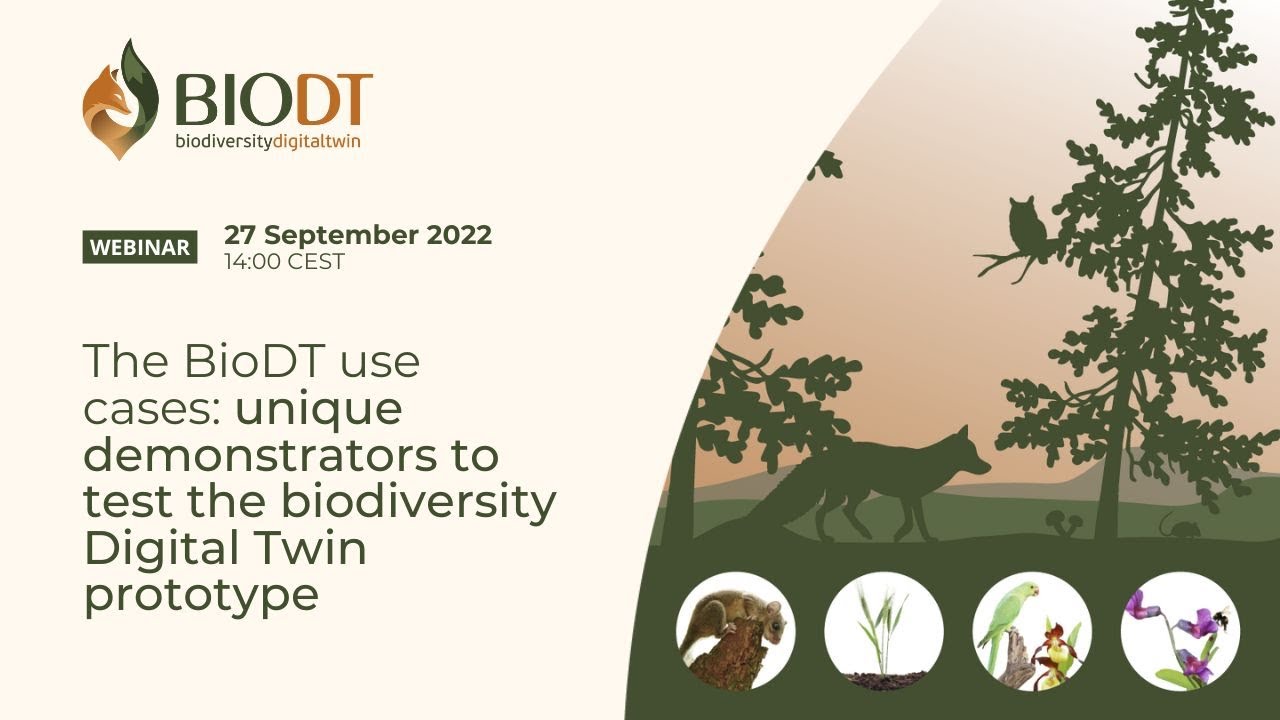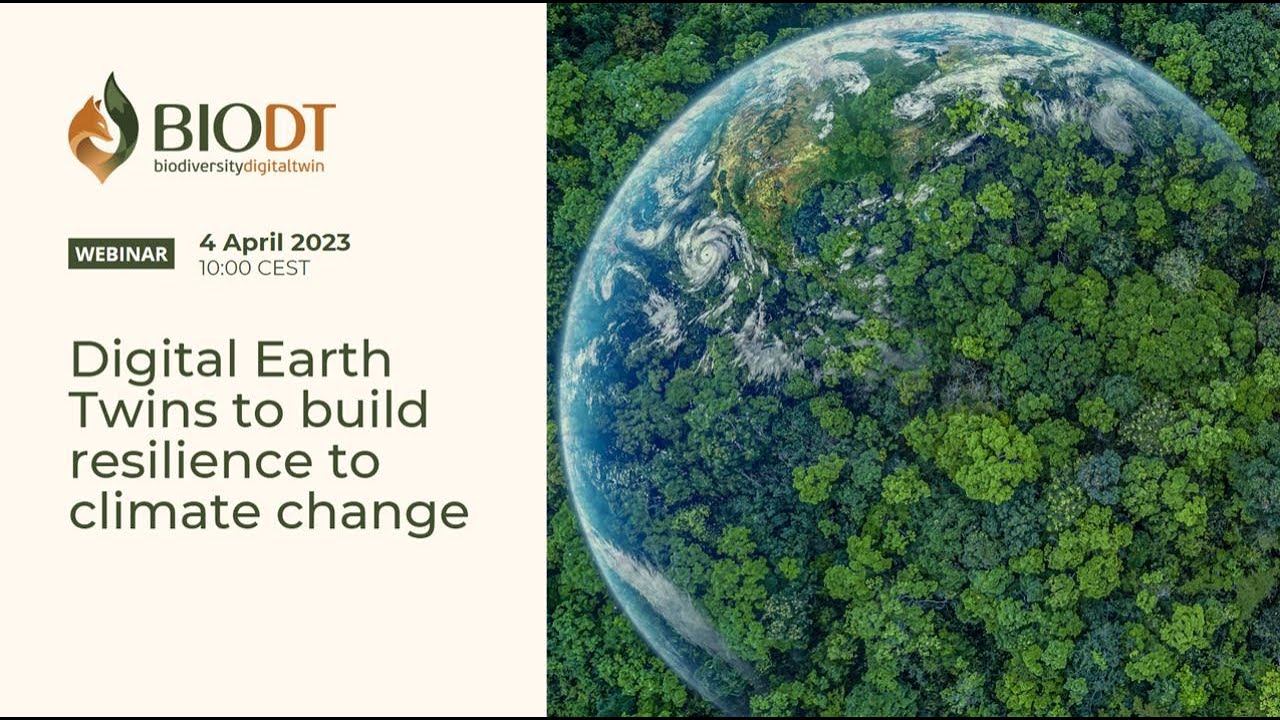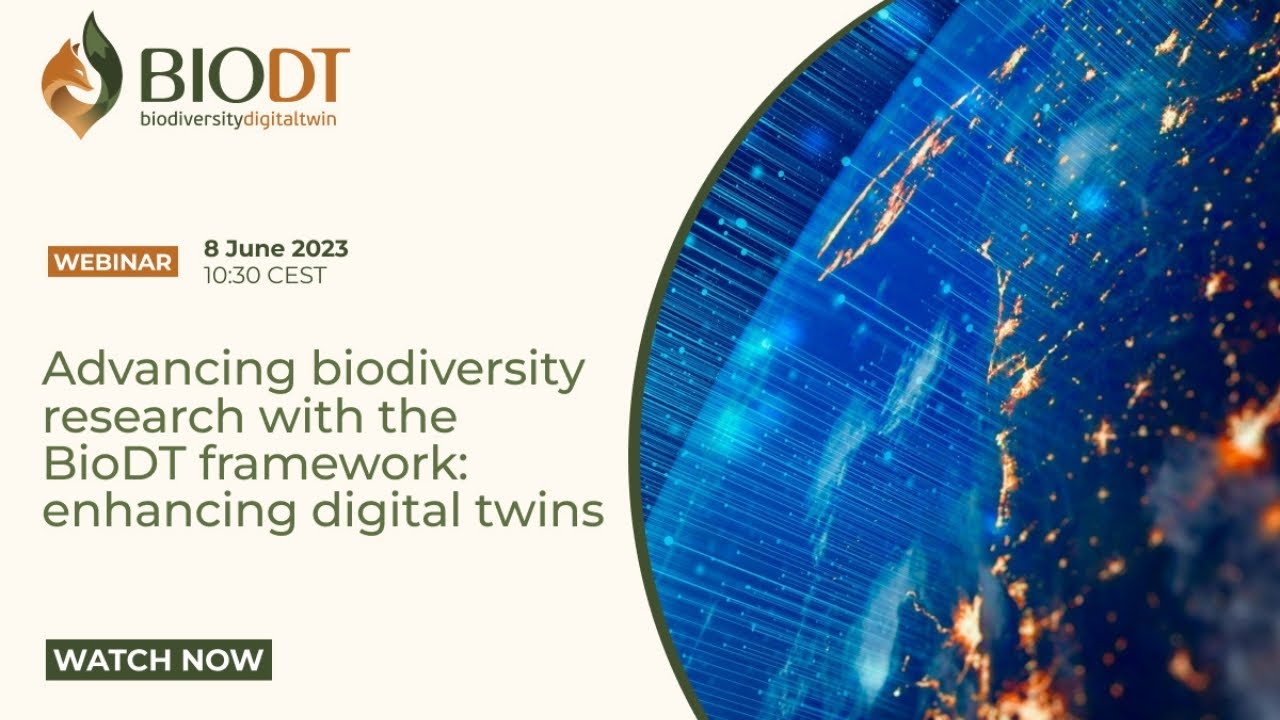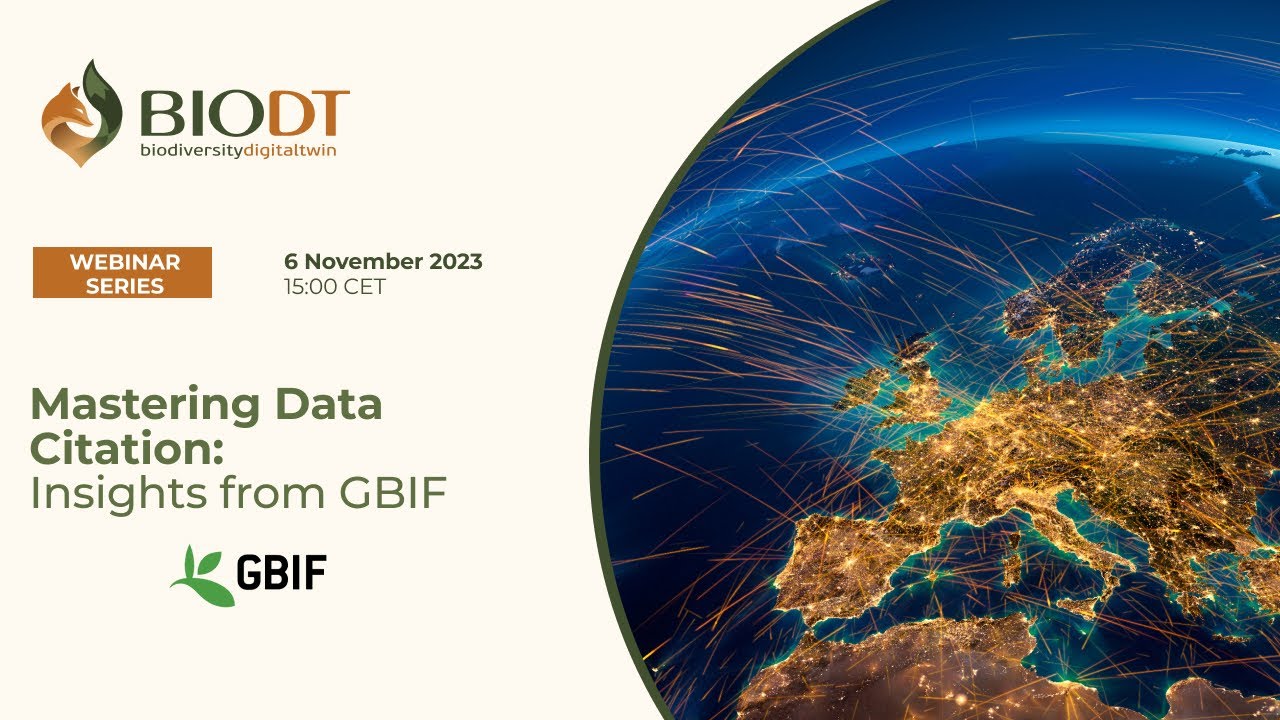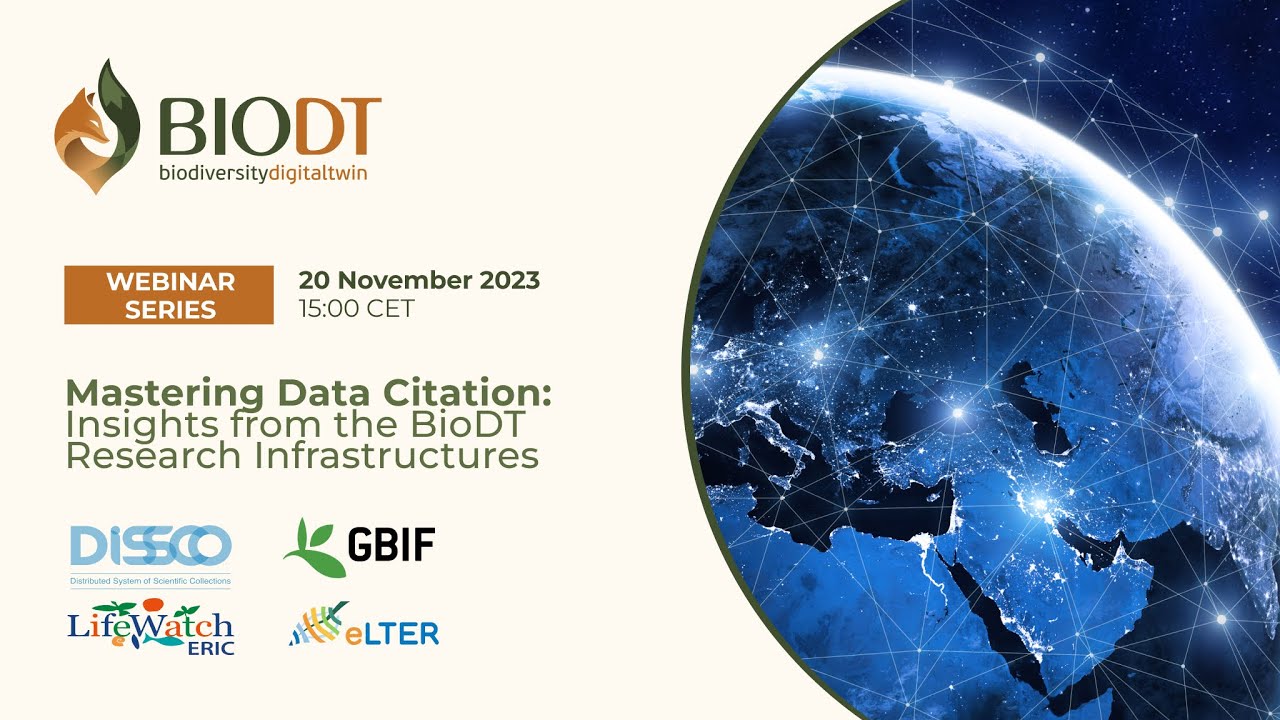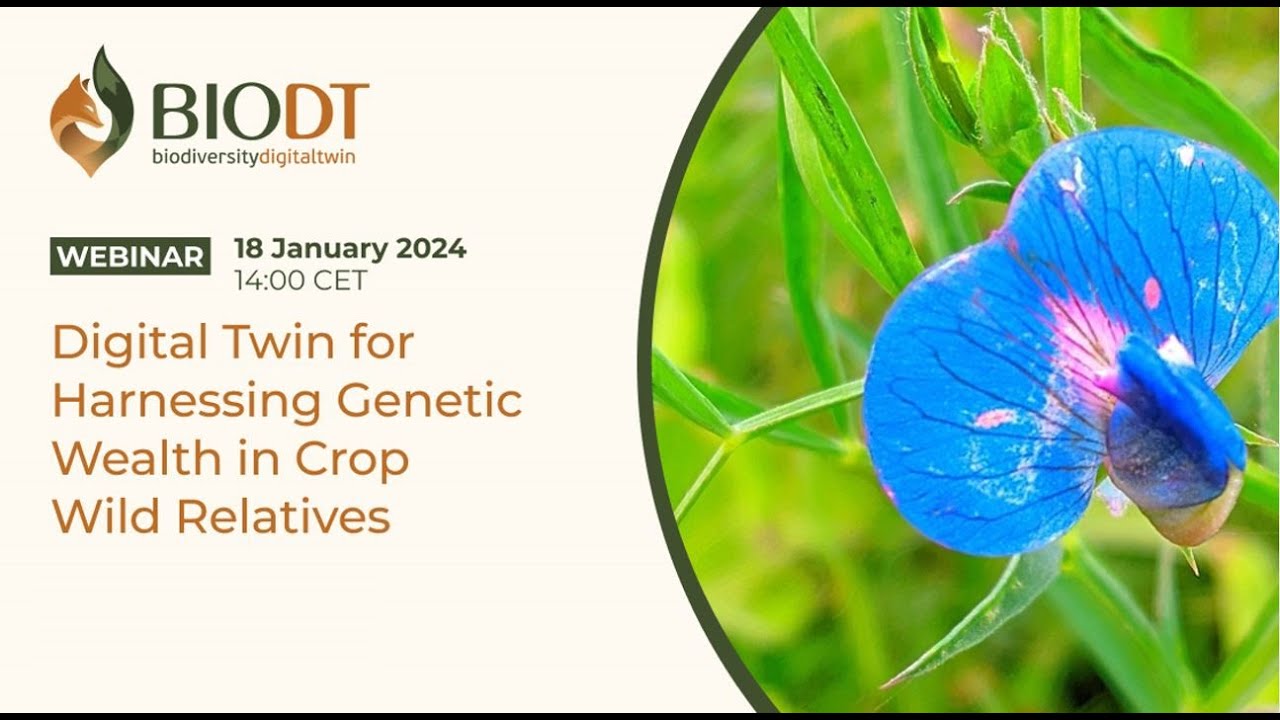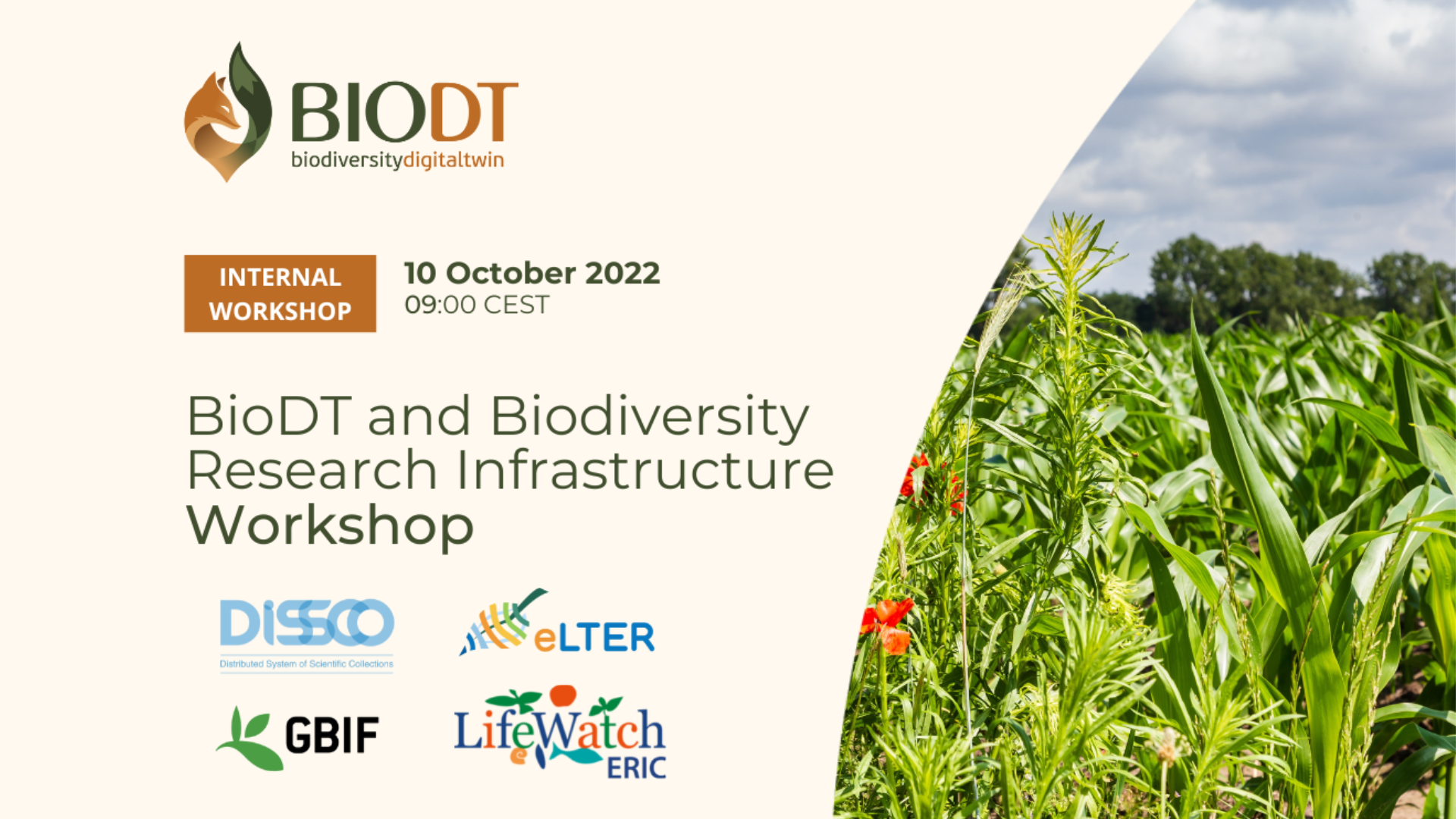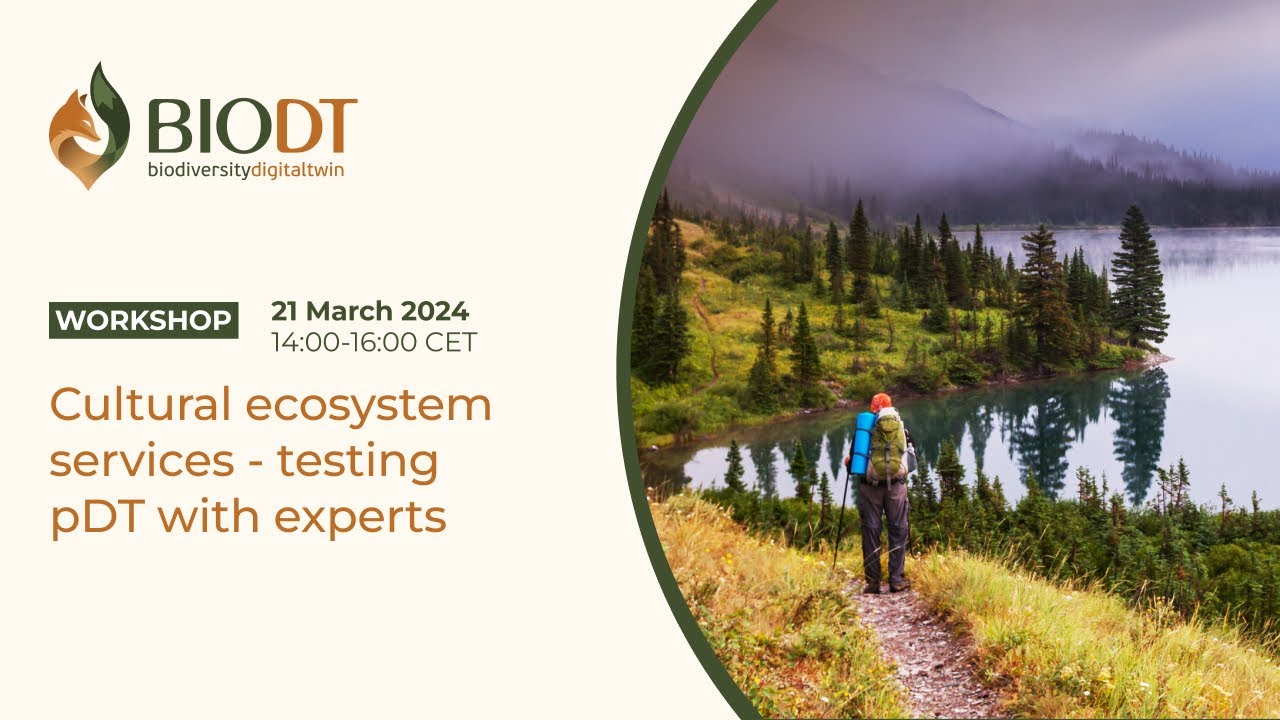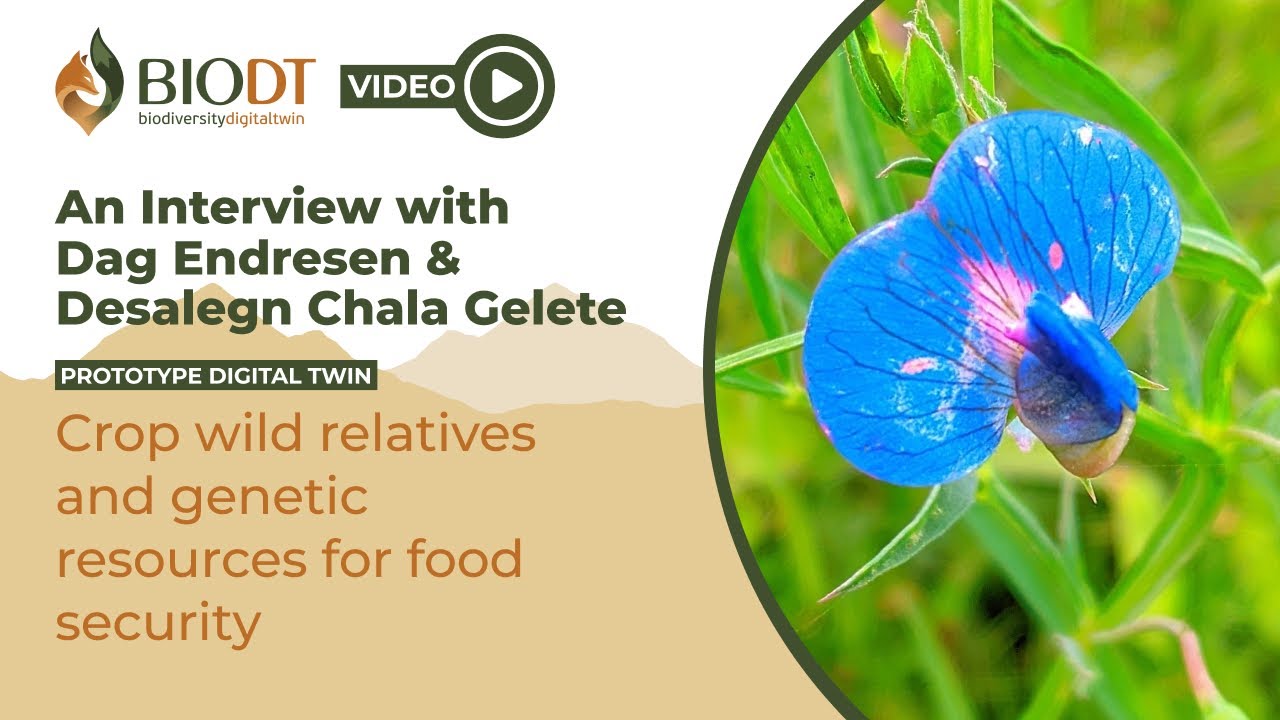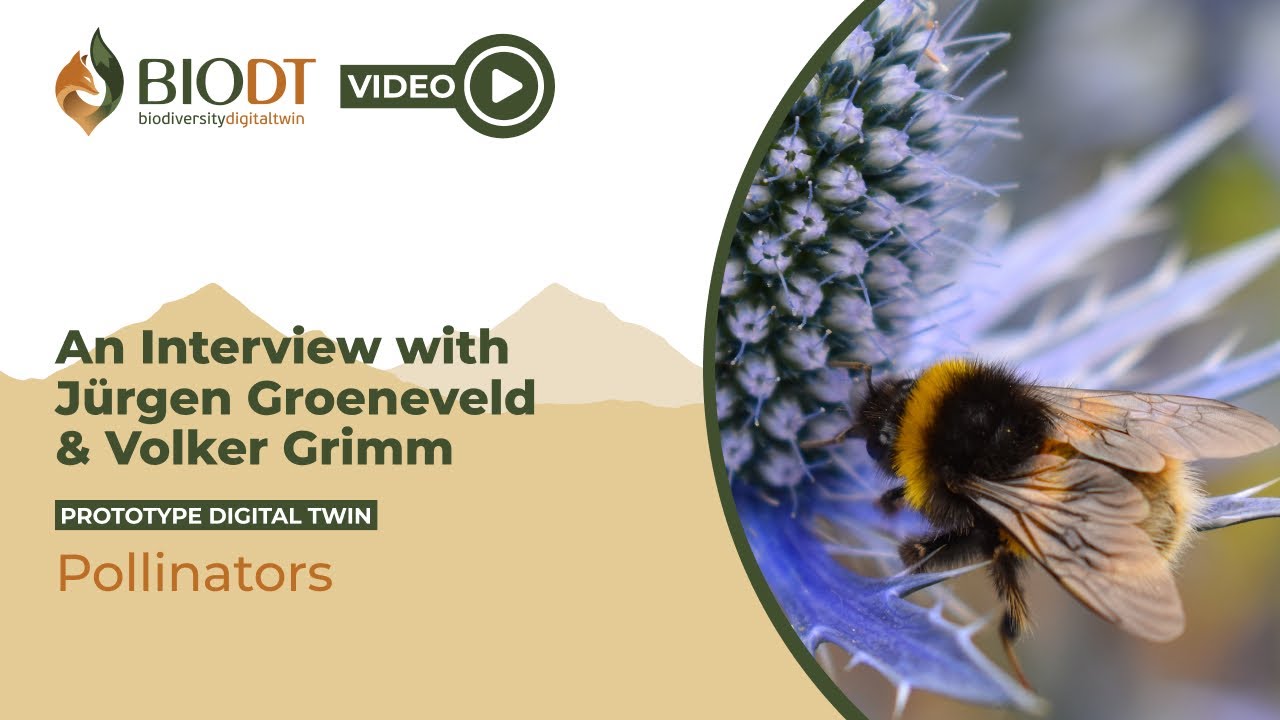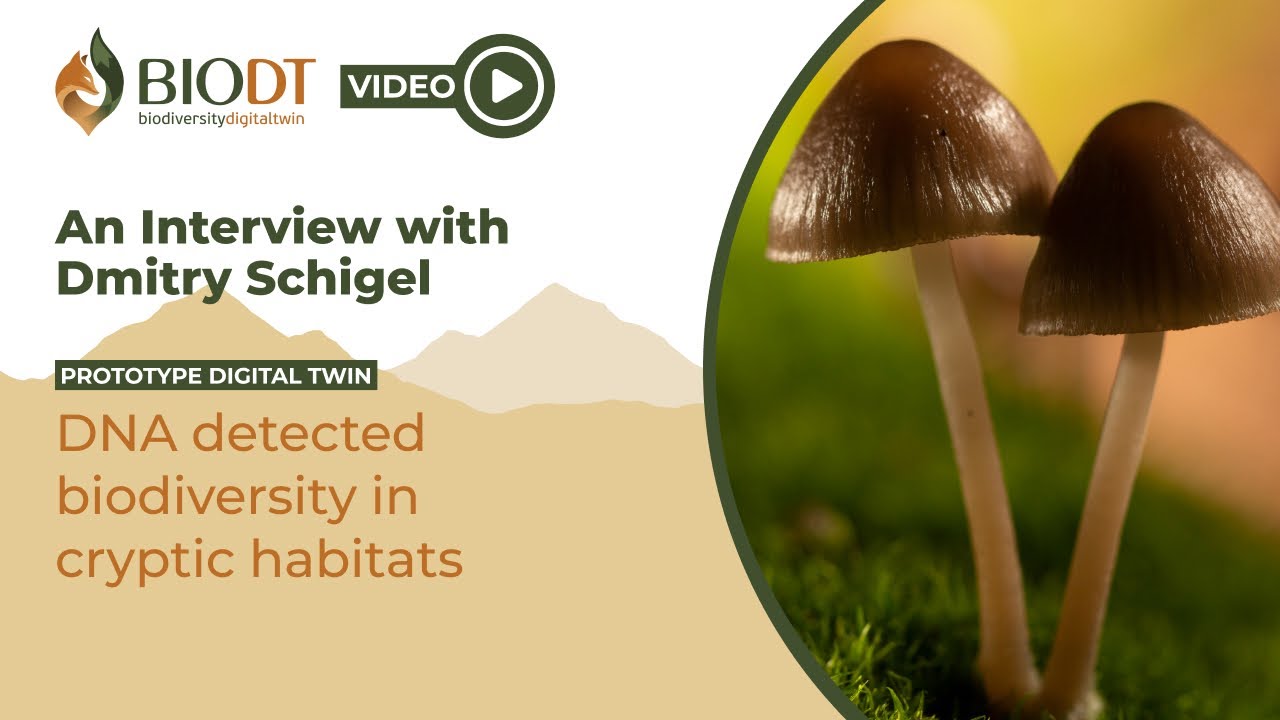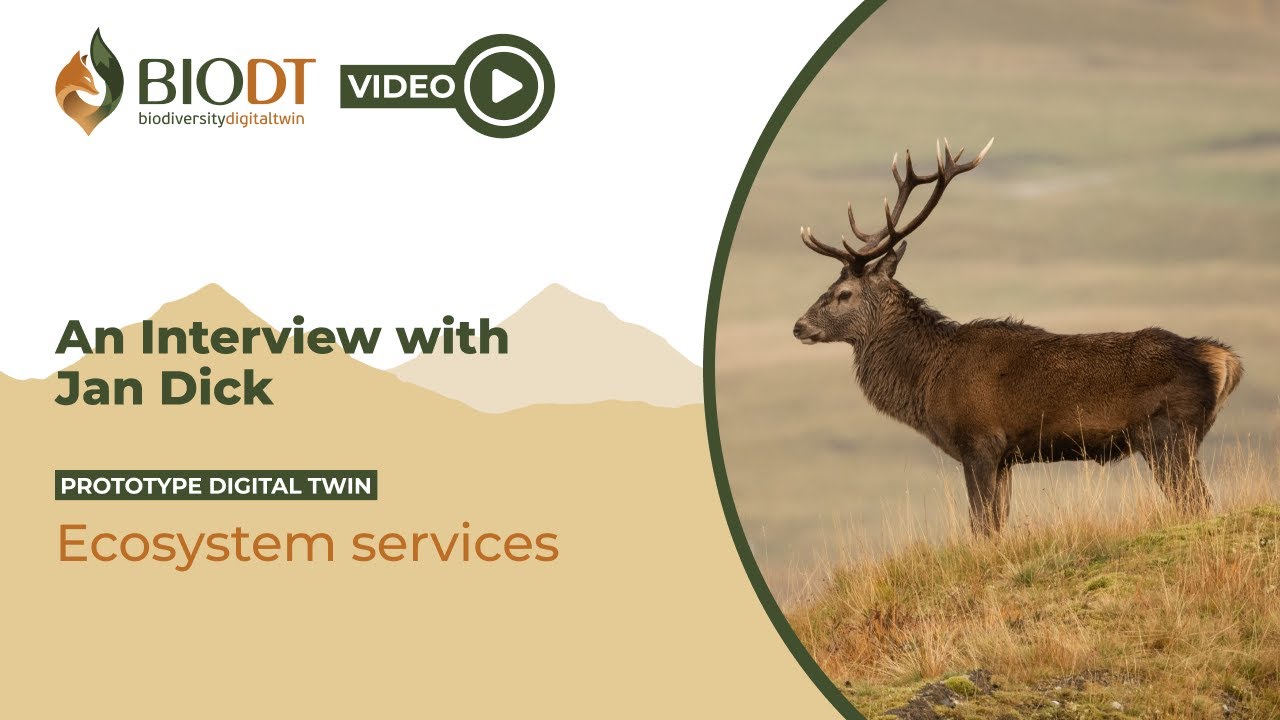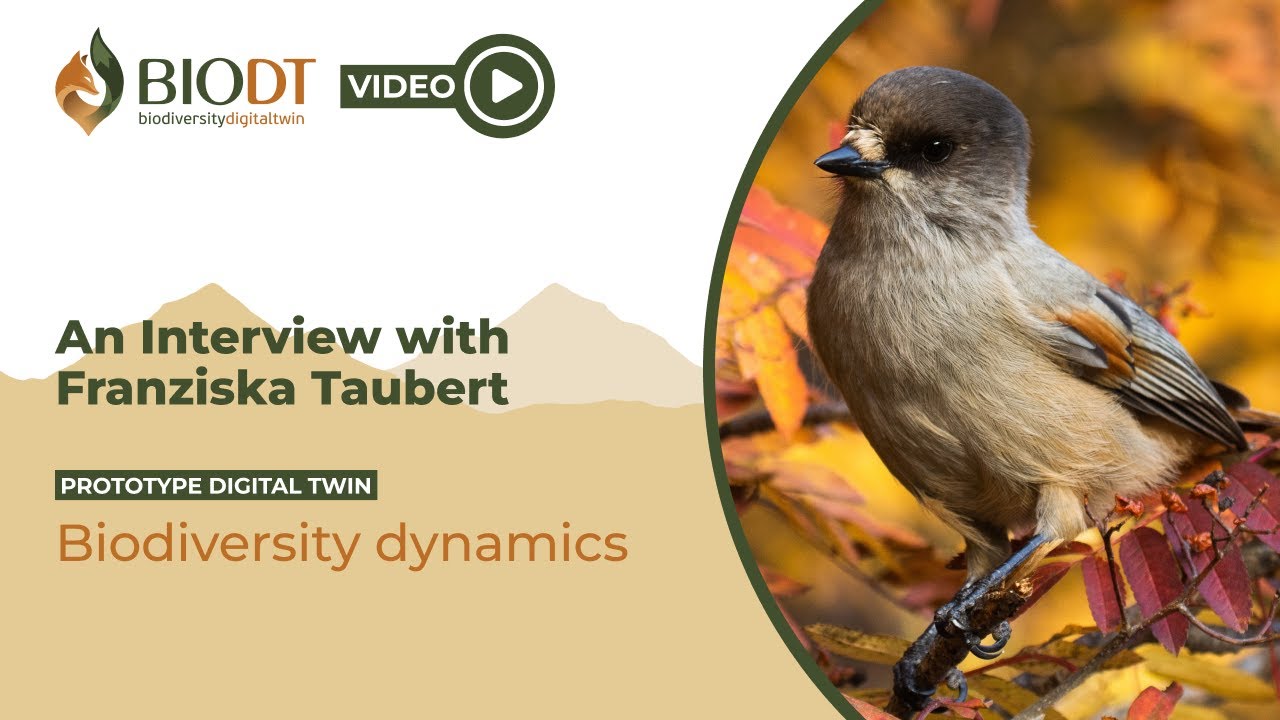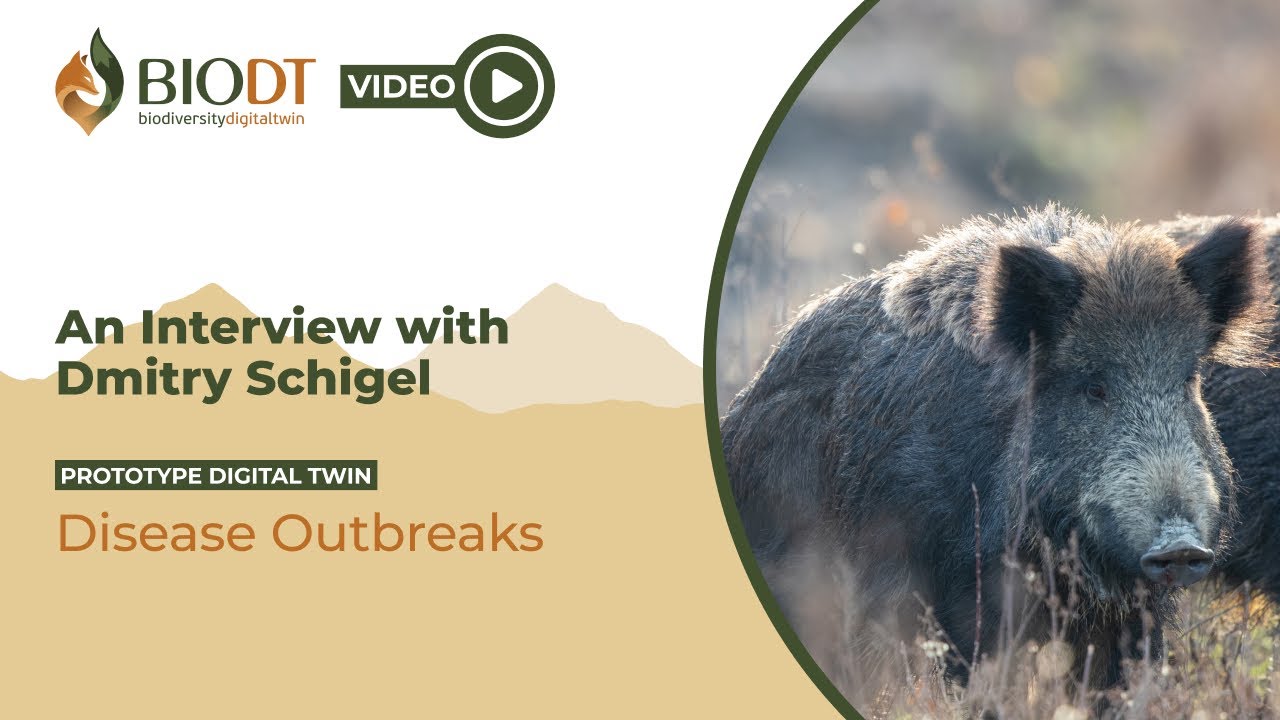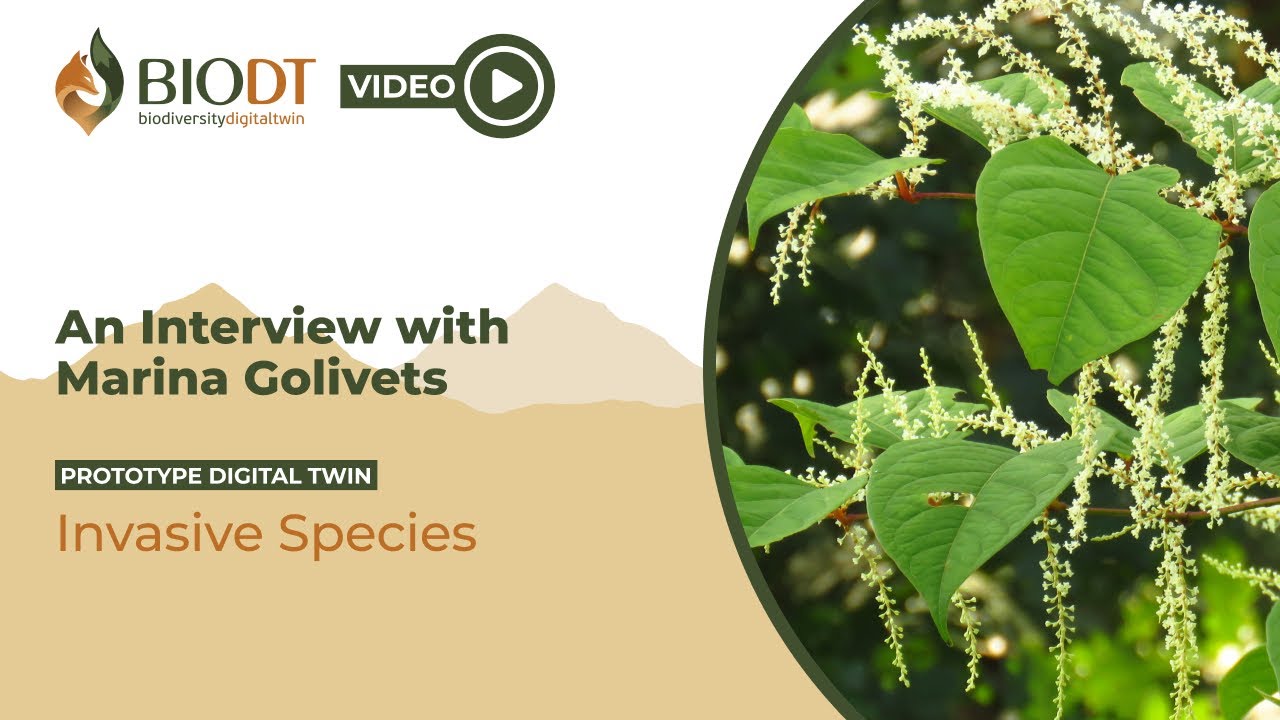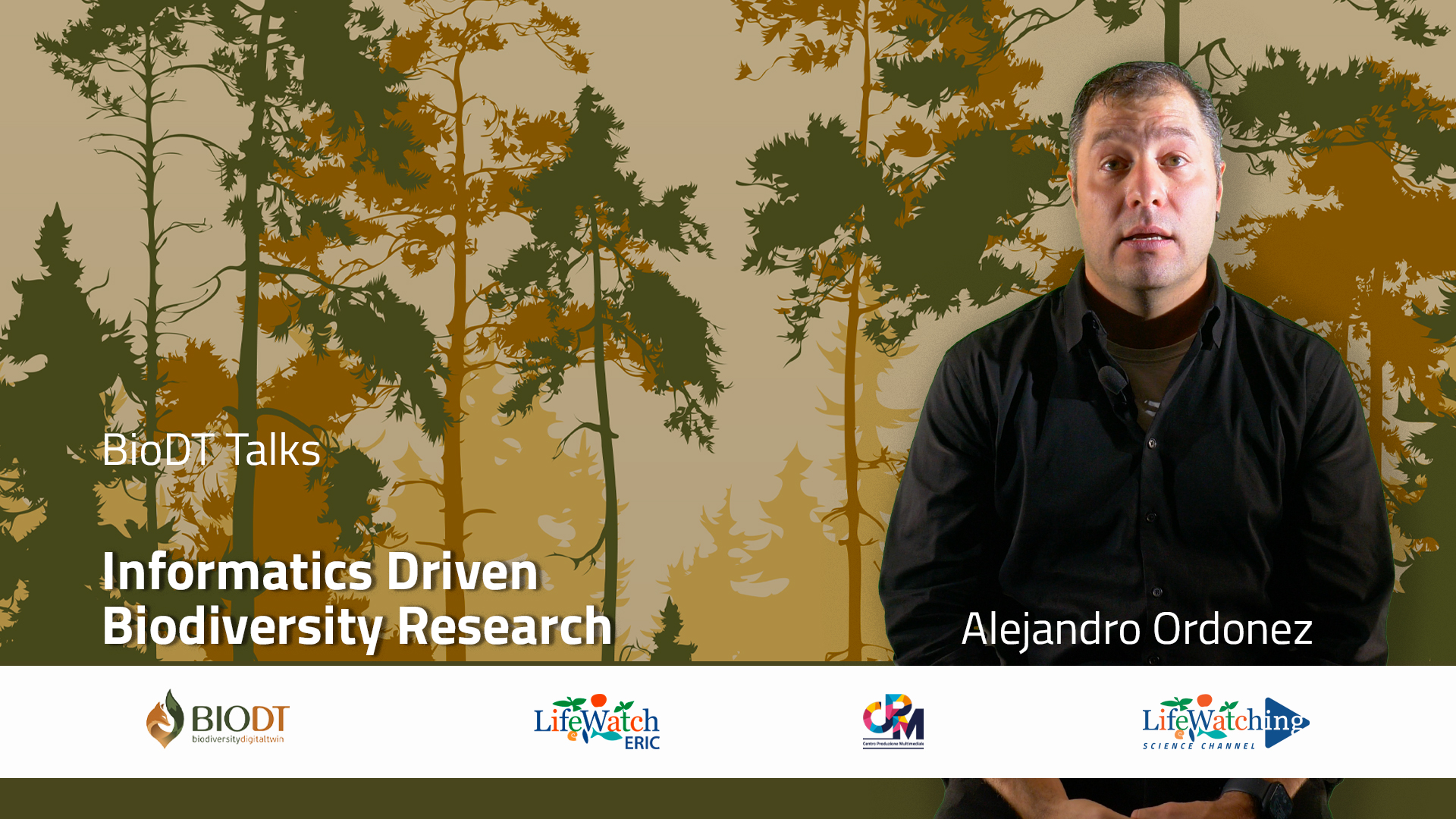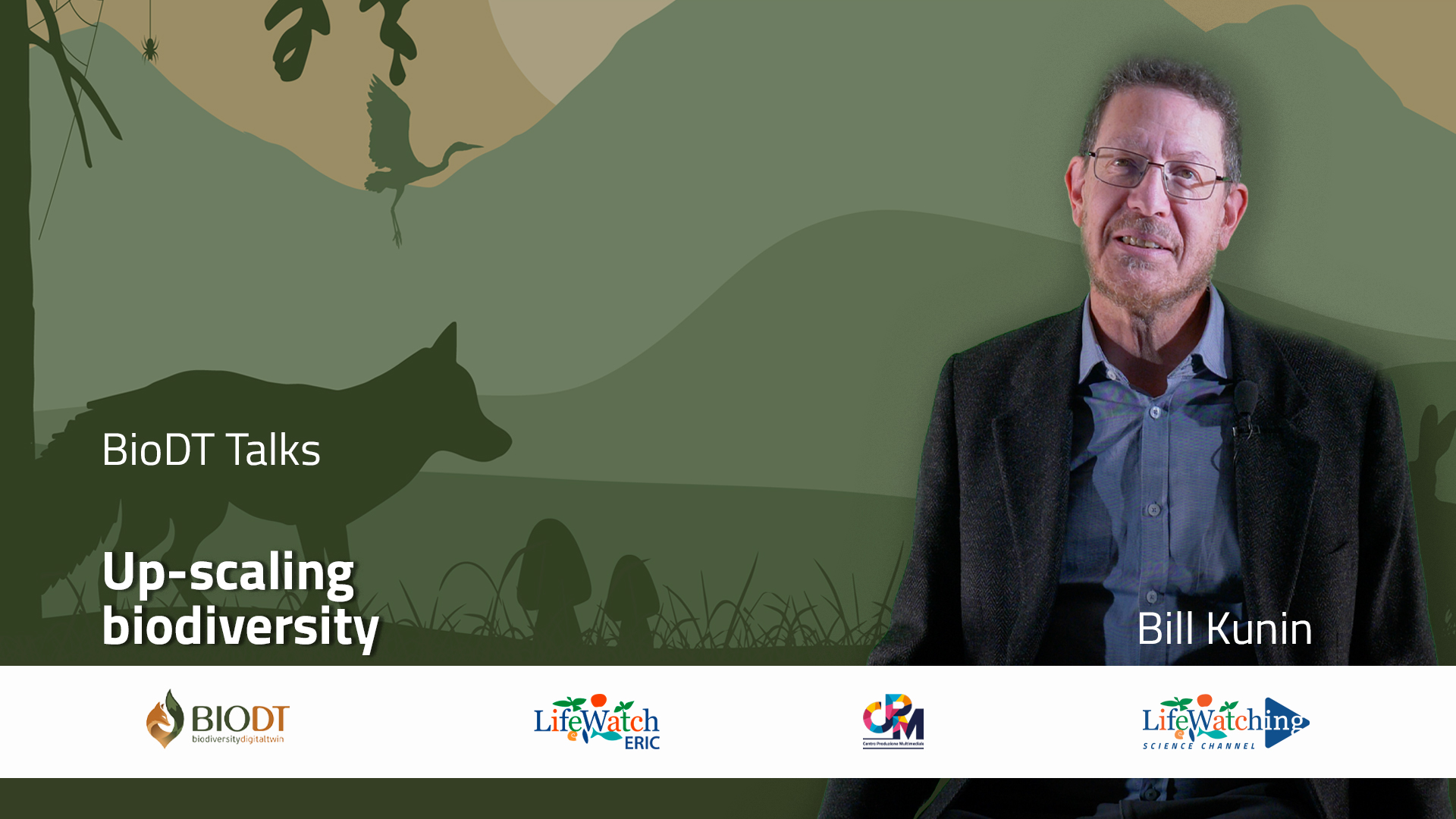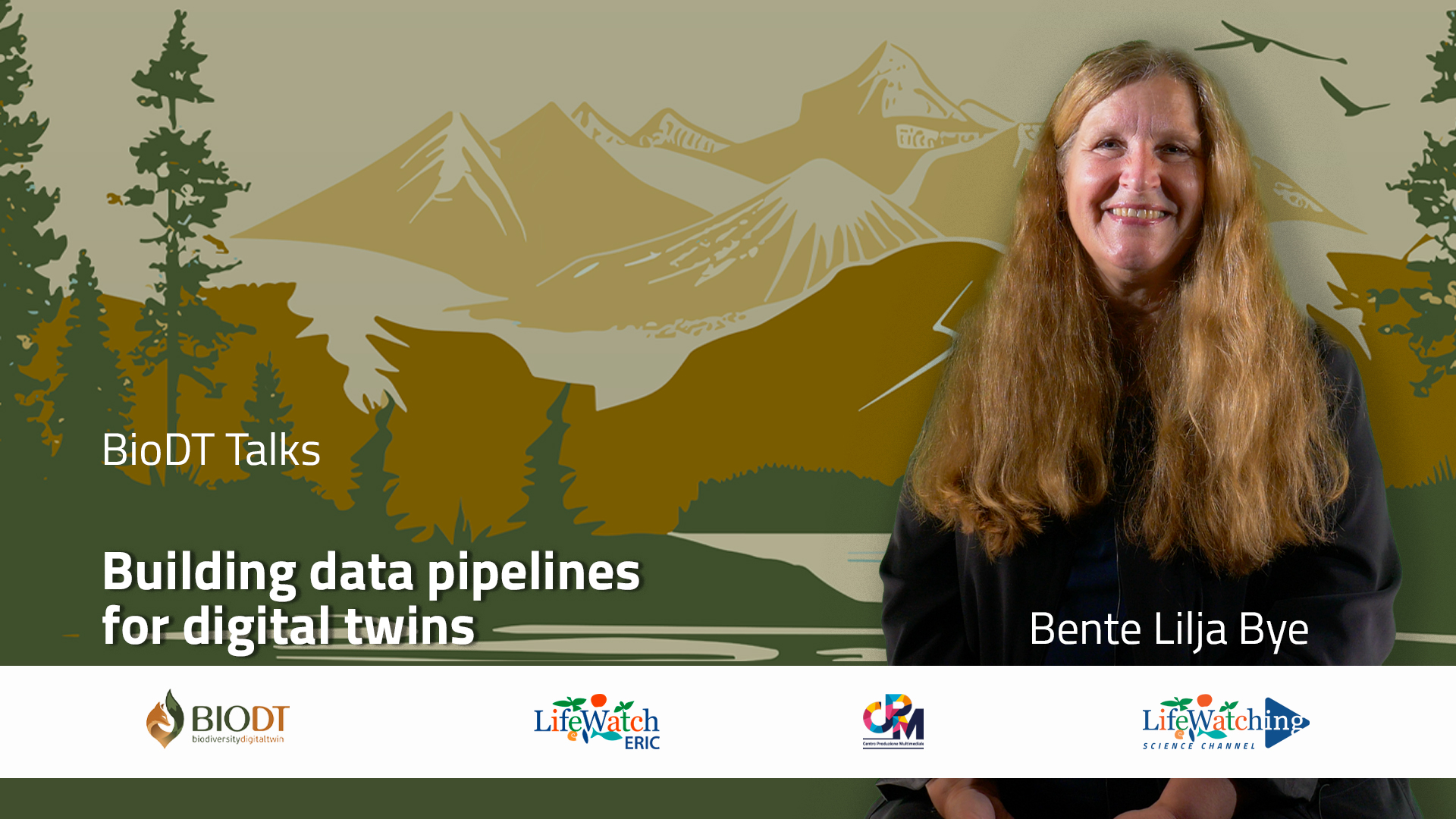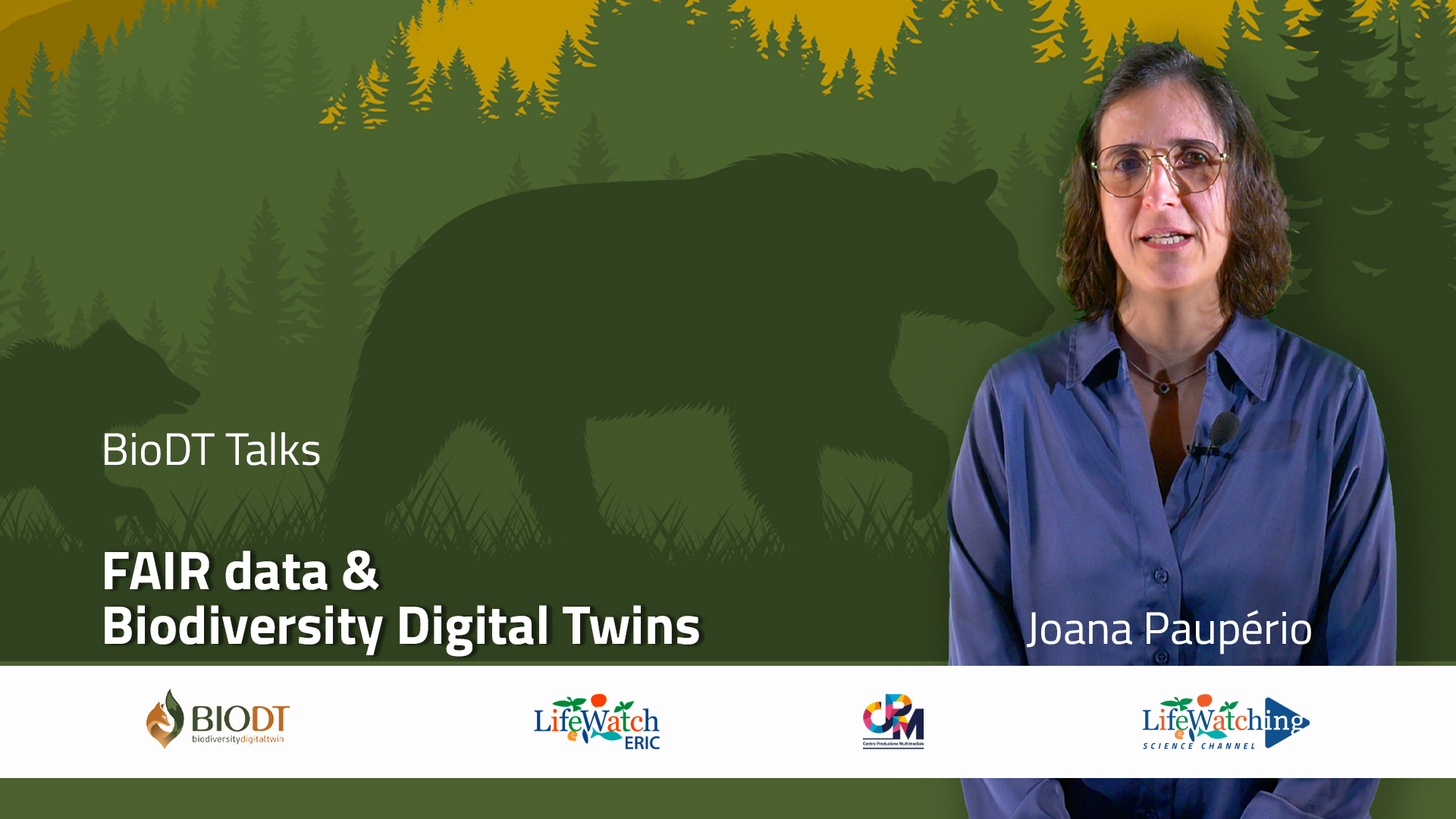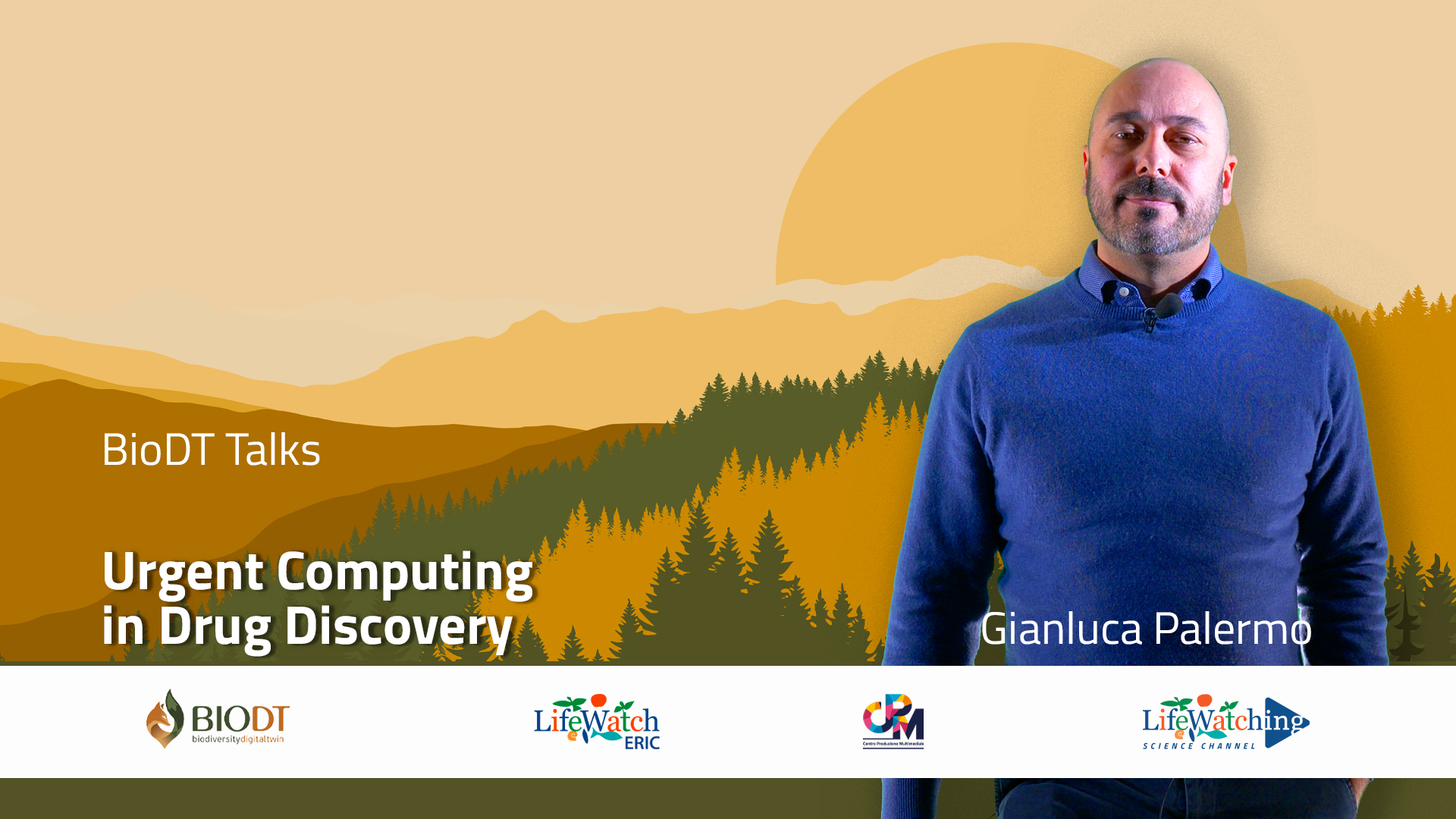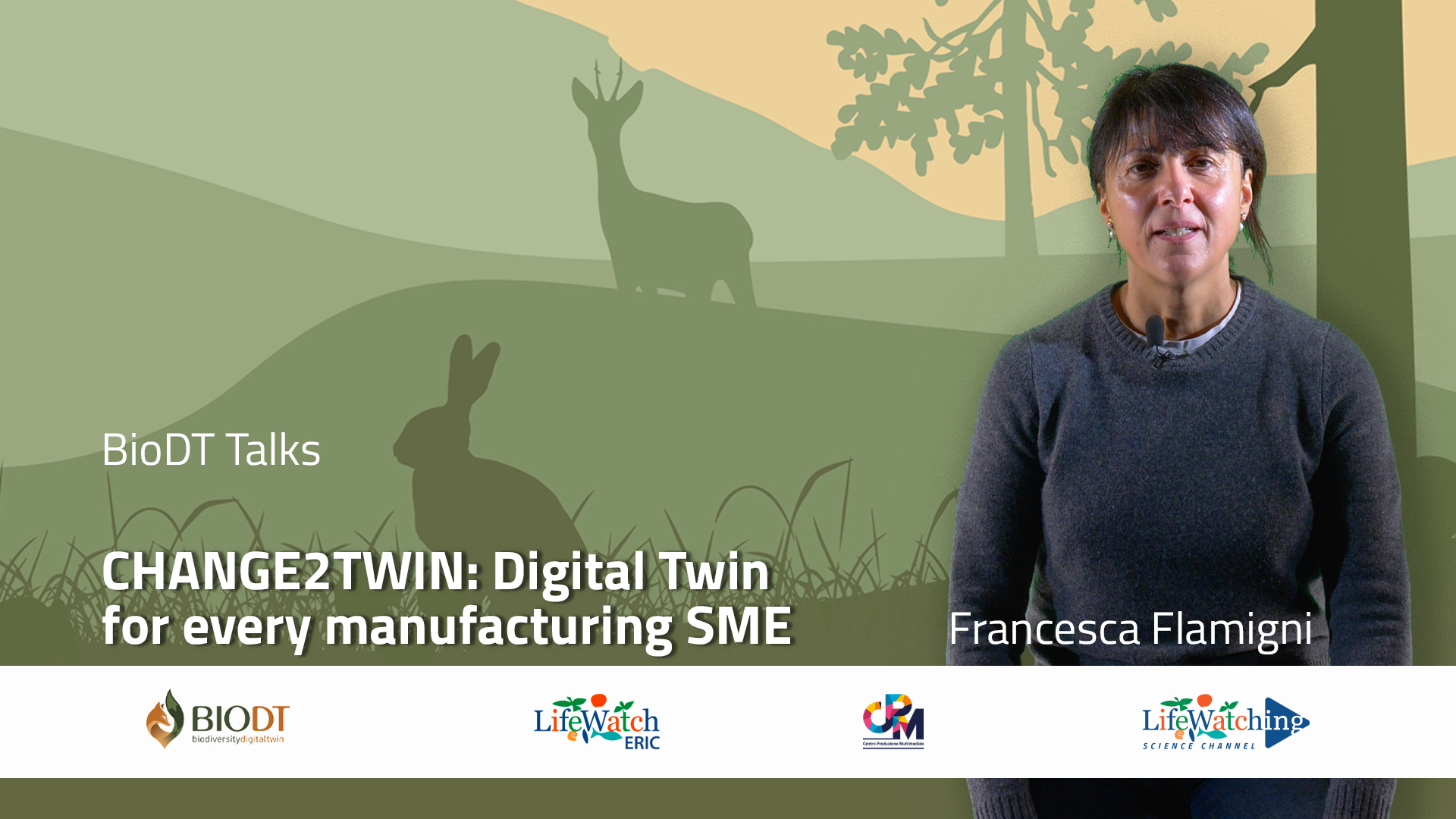Informatics-Driven Biodiversity Research
Imagine standing on the edge of a vast forest, its canopy alive with the chatter of birds, the rustle of leaves, and the occasional flash of colour from a darting butterfly. Now picture all of a sudden, everything stops. Envision that biodiversity fading. Trees cut one by one, all this diversity replaced by silence.
What would we lose? What might we gain? This scene isn’t a distant possibility—it’s unfolding now. From the peaks of the highest mountains to the depths of the oceans, life thrives. Yet, the biodiversity that sustains humanity is in steep decline. The benefits we once relied upon—clean air, fertile soil, food, and protection—are increasingly uncertain.
Alejandro Ordonez Gloria, Associate Professor, Department of Biology, Center for Ecological Dynamics in a Novel Biosphere (ECONOVO) shares in this first video of the BioDT Talk series how science and technology are transforming our ability to forecast the future of biodiversity—and, in turn, the future of humanity’s well-being. His mission is to inspire hope and action, showing how data, computational tools, and innovative approaches can guide us toward a thriving planet where both people and nature flourish. This is a story of crisis but also one of possibility. It’s about harnessing the power of science and technology to craft a better future, shifting from being passive participants of the change to active drivers of that change.
Alejandro Ordonez Gloria explains to us why it’s essential to predict biodiversity changes in both the short and long term in order to guide conservation priorities, policy decisions, and proactive environmental management. Then, he introduces Ecoinformatics, the science of using data and computation to unravel the complexity of ecological systems, a powerful bridge between traditional natural history data and computational science, being able to generating insights into biodiversity patterns over time and space. By illustrating the current, different approaches of Ecoinformatics, he discusses how computational models generate plausible scenarios of biodiversity change, integrating environmental shifts with biodiversity narratives, while highlighting the role of computational approaches in assessing and prioritising conservation actions, allowing policymakers to focus on the most impactful strategies.
“The ecoinformatics toolbox is transforming science from a reactive perspective of change to a proactive perspective of change, one in which we can think about which actions do we need to take to get us to the future where we want to be in. And by doing this, we will be able to model where do we want nature to be into the future”, he concludes.

